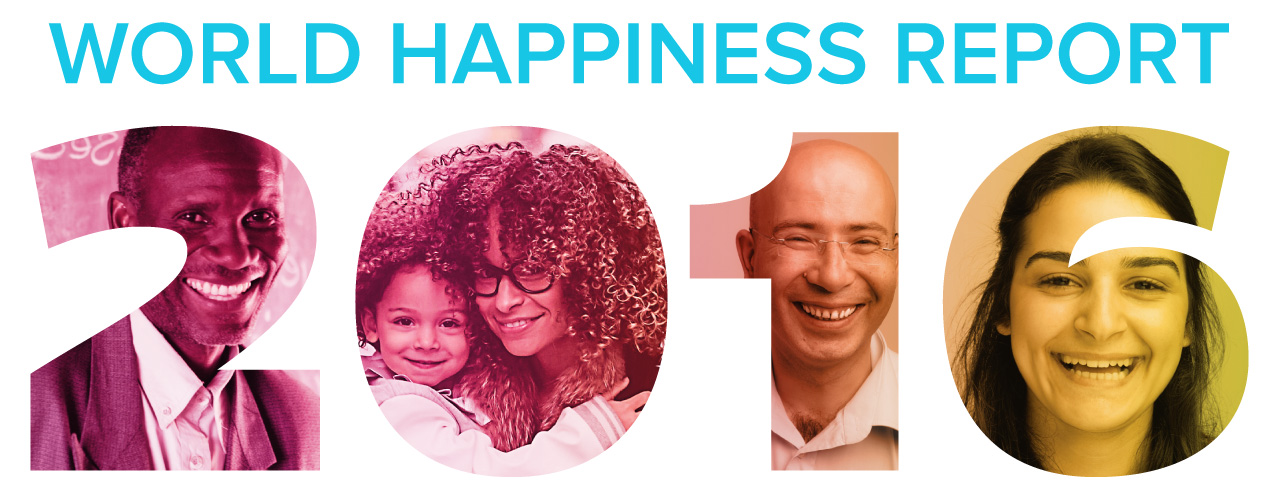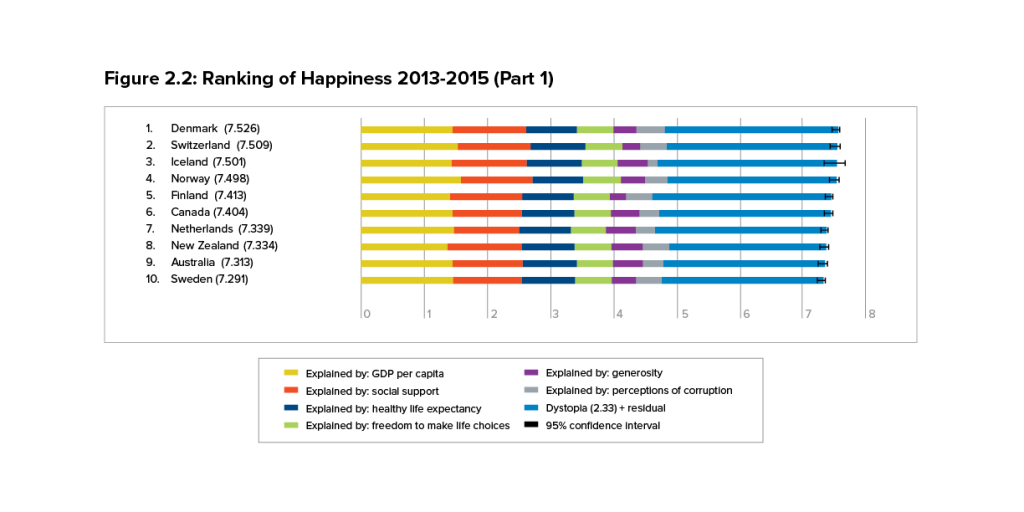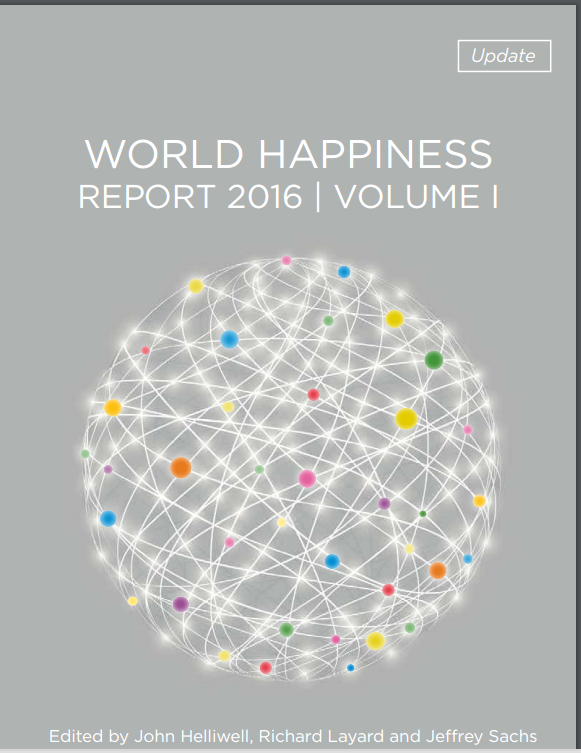World Happiness Report 2016 summary findings
The fourth edition of the World Happiness Report has been published this week by the Sustainable Development Solutions Network with a 2016 special update.
The growing interest in the report reflects growth across the world in using subjective wellbeing and happiness as primary indicators of the quality of human development as many governments and organisations are using wellbeing research to develop policies for improving lives.
“Measuring self-reported happiness and achieving well-being should be on every nation’s agenda as they begin to pursue the Sustainable Development Goals,”
Jeffrey Sachs, director of the Earth Institute at Columbia University
The report is co-edited by Professor Richard Layard (who heads up our Cross Cutting evidence team). The report uses ‘happiness’ and ‘subjective wellbeing’ interchangeably. It ranks 157 countries by their happiness levels:

This year, for the first time, the World Happiness Report also gives a special role to the measurement and consequences of inequality in the distribution of wellbeing among countries and regions.
What’s important for high wellbeing?
Three quarters of the difference in wellbeing between the top 10 and bottom 10 countries and regions can be explained by:
- Social support so that you have friends and family to count on in times of trouble
- Freedom to choose what you do in life
- Generosity and how much people donate to charity
- Absence of corruption in business and government
- GDP
- Healthy life expectancy
These don’t explain everything, for example with this data we are not yet able to understand how much our wellbeing is impacted by having a sense of purpose and feeling what you do in life is worthwhile. They did find that the experience of positive emotion matters more to our overall wellbeing, measured by life satisfaction, than the absence of negative emotions although both are important.
What supports national resilience?
The report also looks at changes in wellbeing over time, looking at the impact of the recession by comparing data from 2005/7 and 2013/15. The biggest drops in wellbeing are more than would be expected from changes to economic situation alone.
Resilience, that enables a positive response to a crisis and increases positive emotion, looks like it comes from having a caring and effective community through:
- strength of social fabric
- levels of trust
- institutional quality
- generosity
- shared purpose
Wellbeing in the UK
The World Happiness Reports give an understanding of wellbeing at a national level. The UK is:
- 23rd of 157 countries in the world happiness rankings 2013-15
- 85th of 126 countries in our change in happiness from 2005-7 to 2013-15
- 46th of 157 countries in inequalities of wellbeing in 2012-15
 The What Works Centre for Wellbeing is focused on understanding what governments, business, communities and individuals can do to improve wellbeing at a policy and practice level in the UK.
The What Works Centre for Wellbeing is focused on understanding what governments, business, communities and individuals can do to improve wellbeing at a policy and practice level in the UK.
You can see similar information for the whole of the UK measured by the Office for National Statistics.
